In each crop, many species cause damage to a wide variety of plants, which makes them pests. Additionally, they are responsible for transmitting the disease to plants, injecting plant toxins, and causing deformities, leaf drops, and sooty mold because they feed on plant sap. It is known that mealybugs feed on certain plants, and the most common type is cotton crop mealybugs. Let’s check out more information on Sucking mealybugs in cotton crop below.
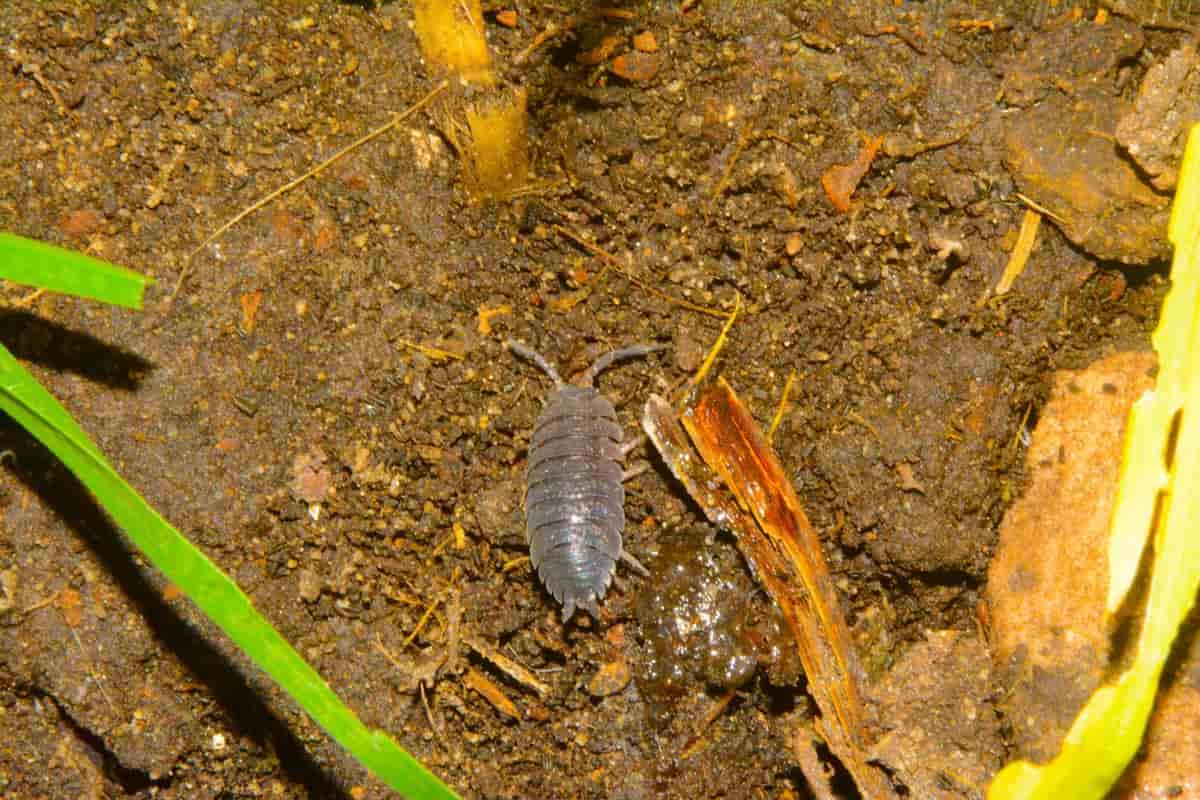
The “mealy” in their name refers to the protective layer of powdery wax they excrete while sucking the plant juices from the leaves. Many cotton farms across the country have reported a recent outbreak of mealybugs. Although mealybugs are considered a minor pest in cotton, they have, on rare occasions, reached outbreak levels or ‘hotspots’ where they have caused a minor outbreak.
However, reports from cotton-growing areas and India in the last three years have indicated that mealybugs may become a major pest in cotton-growing areas in the future. It is because mealybugs have a high reproduction rate compared to other bugs, with female mealybugs capable of producing hundreds of nymphs at a time. It takes approximately 26 days for an egg to mature into an adult, and an adult can live for about three months after hatching.
Sucking mealybugs in cotton crop
Cotton mealybug’s biology
The mealybug is a soft-bodied creature with a pink, oval, wax-covered body and a rounded tip. The appearance of nymphs is similar to that of adults, although they are smaller. It is a small, winged insect that looks like an aphid and has two wings. Also, they are somewhat segmented and elongated, with waxy filaments extending from their hind ends.
In case you missed it: Pests and Diseases Management in Cotton: Causes, Symptoms, Chemical, and Biological Control
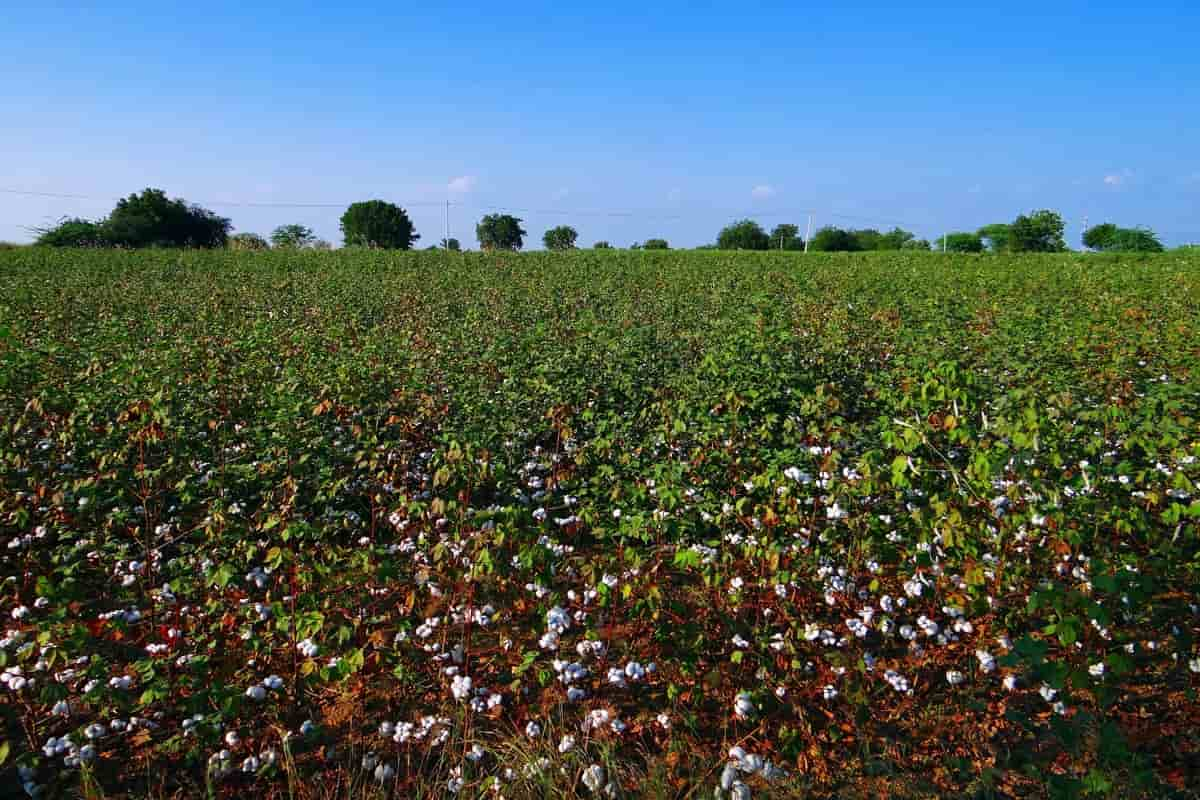
White or gray cottony wax covers the surface of these insects. Mealybugs are often confused with cottony cushion scales or wooly aphids due to their similar appearance. Unlike their close relatives, scales and mealybugs retain the ability to walk throughout their lives.
Cotton mealybug’s life cycle
Mealybugs produce many tiny, yellow eggs in a cottony mass that protects them from predators and cold temperatures. Their egg-laying process is temperature-dependent, with fewer eggs laid at higher temperatures. Mealybugs with long tails do not lay eggs; bears do lay eggs and raise their young just like aphids. Within five to ten days after laying eggs, the female dies due to a lack of nourishment.
In the early stages of their life, young female mealybugs have three instars (stages) and remain mobile throughout their lives. A waxy, white cocoon is spun by immature males or nymphs as soon as they settle down. In adulthood, males are tiny and winged, but they are seldom seen and live only a few days after they hatch. It is estimated that one generation will be completed every one to three months, depending on the temperature.
Damage symptoms
- Mealybugs form colonies on plants’ shoots, stems, and leaves, developing into dense, waxy, white masses once they reach maturity. Adults and nymphs can be found piercing and sucking on plant tissue and can extract sap from hard tissues, such as stems and branches of the plant. Any stage of the development of a crop can be affected by them.
- In the absence of control, feeding mealy bugs causes yellowing of leaves, premature leaf drop, dieback, and death of plants.
- Infestations of mealybugs on cotton can cause crinkled and twisted leaves, fewer flowers and bolls, smaller bolls, distorted and stunted plants, and distorted and stunted plants. Additionally, the opening of the bolt may also be adversely affected, resulting in a serious loss of production.
- The insect weakens the plants by sucking the sap from the different plant parts like leaves, twigs, stems, and sometimes from the roots as well as from the fruiting bodies of the plants.
- A heavy clustering of mealy bugs can be seen on the lower surface of leaves, giving the appearance of a thick mat with a waxy secretion. It also affects the development of the plant’s triangles, flowers, and bolls.
- Moreover, the opening of the bolls is also adversely affected, resulting in a reduction in yield.
- As a result of the severe attack, especially by P marginatus and M hirsutus, bunchy growth arises. The plants produce fewer bolls as a result of the stunting.
- Mealybugs, like aphids, produce copious amounts of honeydew that contribute to the development of a black sooty mold that prevents the plant from being able to manufacture food and thus diminishes the plant’s productivity. Infestations caused by mealybugs are spread from plant to plant by ants feeding on the honeydew produced by them.
- The whole plant is drying up, and the damage is seen mainly in patches.
In case you missed it: Best Fertilizer for Cotton: Organic, Compost Manure, Liquid, NPK, and Schedule
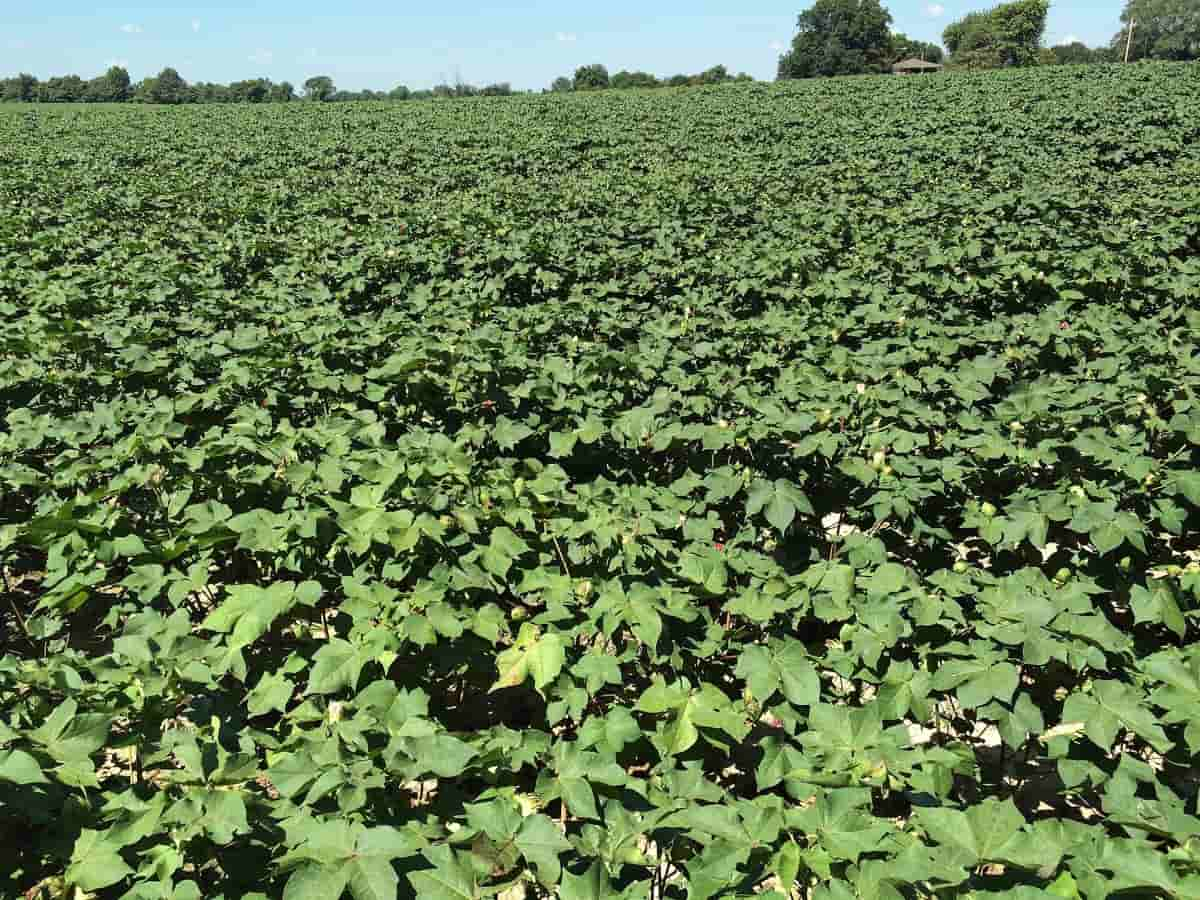
Cotton mealybug’s management
The best method to control mealybugs is to avoid them as much as possible. All new plant materials should be checked upon arrival, and any plants that are infested should be returned to the supplier as soon as possible. It is very important to destroy heavily infested plants since clean-up will be very costly and difficult, if not impossible if they are not destroyed. Any excess soil or compost piles should be removed from the growing area to prevent an alternative site for infestation from becoming available.
- Several pesticides have been tested to control this pest, but it’s hydrophobic (water-repellant) layer around its body makes it difficult to control with insecticides. The insecticide must penetrate the waxy layer to have an effective chemical effect.
- As an adult mealybug, it can hide in the soil, cracks, and other areas where insecticide sprays cannot reach it.
- For the time being, the best method to prevent mealybugs is to control the growth of weeds and ratoon cotton and avoid planting on poorly drained soils.
- Wash the plants: If you are washing them outdoors, you can use a hose or shower to clean them.
- The alternate hosts of weeds should be removed
- It is important to monitor the incidence regularly and look for the emergence of crawlers
- Take on the management of the project from the beginning to gain maximum control over it
- You can apply to rubbing alcohol to remove the pests by applying it directly.
- The best way to use liquid soap is a spray bottle filled with one quart of lukewarm water and an equal amount of liquid dish soap, Castile soap, or another liquid soap.
- You should use a neem oil spray, a mixture of 1 quart of lukewarm water, one teaspoon of liquid soap, and two teaspoons of organic neem oil.
- Ensure that new plants are carefully inspected before they are planted.
- A good way to control mealybugs is to control ants, as they feed off the honeydew of mealybugs.
- You should avoid applying fertilizer that contains nitrogen because it encourages the development of mealybug eggs.
- It may be necessary to resort to pesticides if all else fails after repeated attempts have been made.
In case you missed it: Make Lakhs with Cotton Farming, Find Out Simple Facts and Techniques
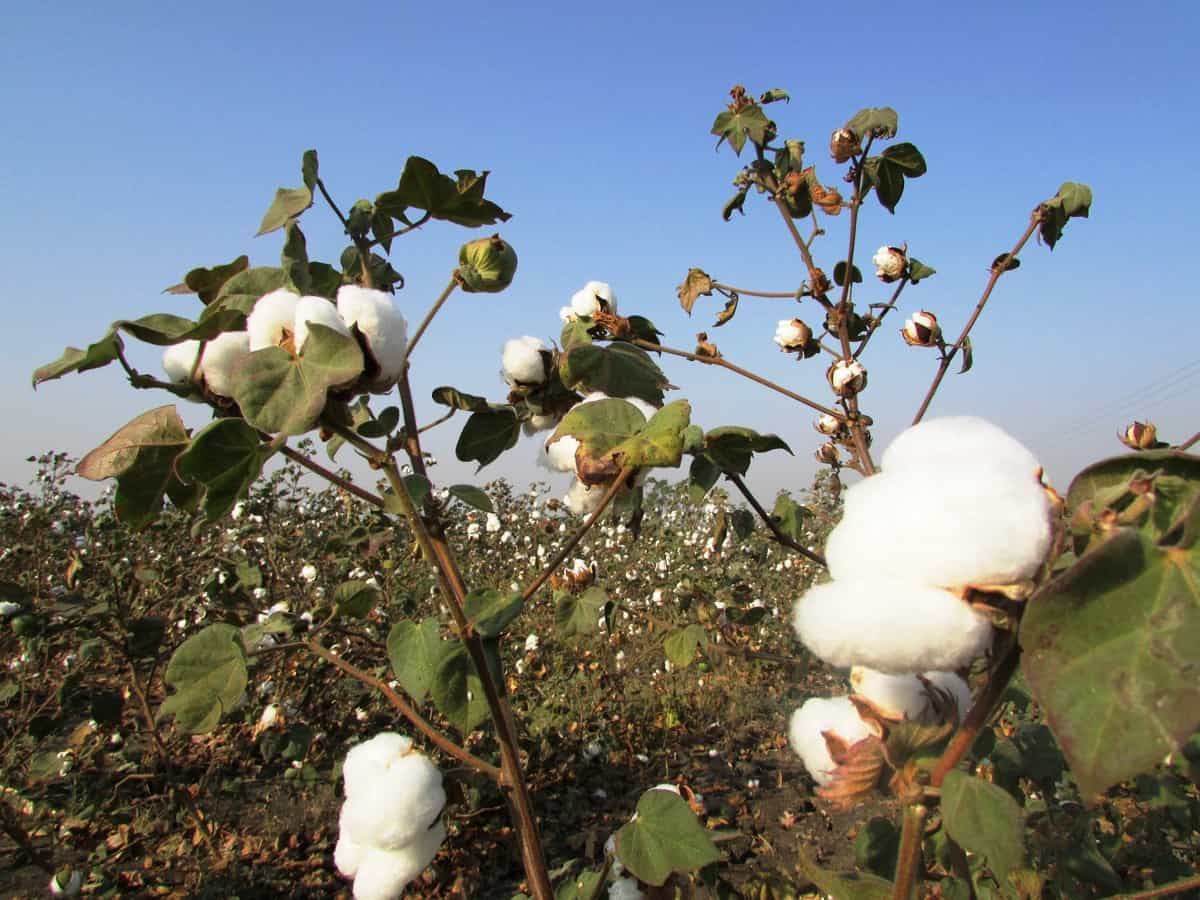
Biological control
Many natural enemies feed on mealybugs found in the landscape, killing them. As long as these beneficial insects are kept in check, it is generally possible to rely on them to keep numbers tolerable. Among the natural enemies of mealybugs are numerous parasitic wasps that lay their eggs inside or on the developing insects as they develop.
Mealybugs are commonly preyed upon by various natural predators, including ladybeetles, green and brown lacewings, spiders, and minute pirate bugs. Cryptolaemus montrouzieri, a lady beetle that destroys mealybug eggs and larvae in many regions of the world, is the most important of these predators.
- After a cold winter has killed off these populations, the mealybug destroyer can be purchased for augmentative release in greenhouses and interiorscapes orchards.
- Adult mealybug destroyer beetles have reddish-brown heads, hind ends, and black centers; older larvae are covered in white wax, making them appear like large mealybugs.
- The lady beetles require mealybug eggs as food to stimulate their reproduction, so release mealybug destroyers when there are many egg sacs. When low mealybug numbers or reproduction is not occurring, it makes little sense to release them.
- Greenhouse operators or interiorscape operators with common mealybug problems can establish their mealybug destroyer colonies for self-release. You can rear lady beetles in wide-mouth jars on mealybugs that grow on plants, for example. The flightless mealybugs cannot climb out of jars with petroleum or other sticky materials smeared on the top, but the lady beetles can fly out.
- Avoid broad-spectrum insecticides for any pests in the area to preserve naturally occurring biological control agents. Ants protect mealybugs from their natural enemies, so keep them out of areas and plants infested with mealybugs.
In case you missed it: Cotton Seed Germination Period, Temperature, Process
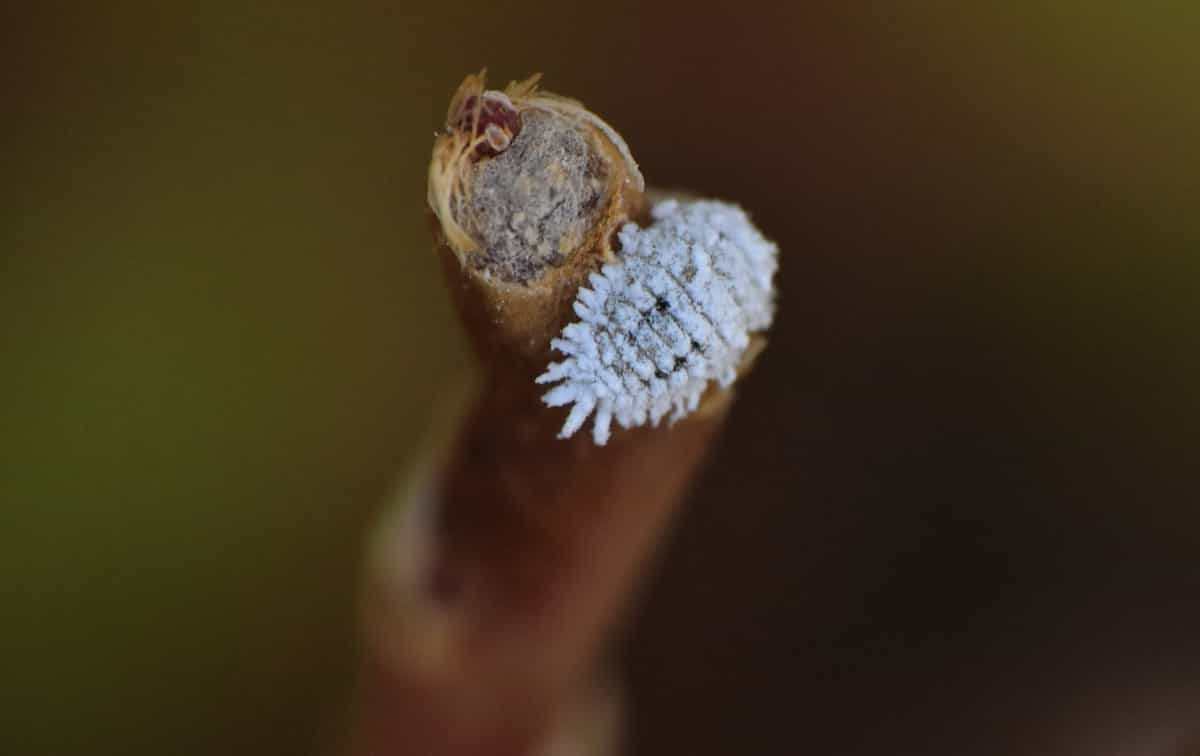
Chemical control for mealybug
- During the initial infestation stage, apply any recommended insecticides as a spot treatment. Furthermore, heavily infested fields should be treated with the following insecticides in rotation.
- Profenophos 50 EC at1.25 lit/ha
- Quinalphos 25 EC at 2 lit/ha
- Chlorpyriphos 20 EC at 2.5 lit/ha
- Thiodicarb 75 WP at 750 gm/ha
- Buprofezin 25 EC at 1.25 lit/ha
- During highly humid months (Oct – Dec.), foliar spraying with Verticillium lecanii, Beauveria bassiana, or Metarhizium anisopliae at 10 gm/lit of water reduces mealybug populations.
- As an alternative, dimethoate or profenophos 2 ml/lit may be used
- In combination with a soap solution (1%) or Acephate at 1 gram per liter, apply Profenophos at 1.5 ml/l
- On infested stalks, Neem Seed Kernel Extract (NSKE 5%) 5ml/l or Neem oil 5ml/l + detergent powder 1gm/l can be sprayed as a spot treatment.
- Spray with 10ml of neem or Karanj oil mixed with 10ml of fish oil resin liquid.
- The last option is to spray Acephate 75 SP at 1 gram per liter, Quinalphos 25 EC at 2 ml per liter, chlorpyriphos 25 EC at 2 ml per liter, profenophos 50 EC at 2 ml or thiodicarb 75 WP at 2 gm per liter.
In case you missed it: Organic Cotton Production; Cultivation Practices

Conclusion
Mealybugs can be controlled most effectively by being defensive against them. A healthy, vigorous plant is less likely to be infected than a weak, underpotted, or stressed plant. Healthy plants are less likely to attract these pests in the first place, so make sure your plants are healthy.
- How to Build a Low-budget Goat Shed: Cheap Ideas and Tips
- Goat Farming Training Programs in India: A Beginner’s Guide
- Types of Pesticides Used in Agriculture: A Beginner’s Guide
- Economical Aquaculture: A Guide to Low-Budget Fish Farming
- 15 Common Planting Errors That Can Doom Your Fruit Trees
- How to Make Houseplants Bushy: Effective Tips and Ideas
- Innovative Strategies for Boosting Coconut Pollination and Yield
- Pollination Strategies for Maximum Pumpkin Yield
- The Complete Guide to Chicken Fattening: Strategies for Maximum Growth
- Natural Solutions for Tulip Problems: 100% Effective Remedies for Leaf and Bulb-Related Issues
- Revolutionizing Citrus Preservation: Towards a Healthier, Greener Future
- Natural Solutions for Peony Leaf and Flower Problems: 100% Effective Remedies
- Maximizing Profits with Avocado Contract Farming in India: A Comprehensive Guide
- Natural Solutions for Hydrangea Problems: 100% Effective Remedies for Leaf and Flowers
- The Ultimate Guide to Choosing the Perfect Foliage Friend: Bringing Life Indoors
- From Sunlight to Sustainability: 15 Ways to Use Solar Technology in Agriculture
- The Ultimate Guide to Dong Tao Chicken: Exploring from History to Raising
- The Eco-Friendly Makeover: How to Convert Your Unused Swimming Pool into a Fish Pond
- Mastering the Art of Delaware Chicken Farming: Essentials for Healthy Backyard Flocks
- 20 Best Homemade Fertilizers for Money Plant: DIY Recipes and Application Methods
- How to Craft a Comprehensive Free-Range Chicken Farming Business Plan
- Brighten Your Flock: Raising Easter Egger Chickens for Beauty and Bounty
- How to Optimize Your Poultry Egg Farm Business Plan with These Strategies
- Subsidy for Spirulina Cultivation: How Indian Government Schemes Encouraging Spirulina Farmers
- Ultimate Guide to Raising Dominique Chickens: Breeding, Feeding, Egg-Production, and Care
- Mastering the Art of Raising Jersey Giant Chickens: Care, Feeding, and More
- Ultimate Guide to Raising Legbar Chickens: Breeding, Farming Practices, Diet, Egg-Production
- How to Raise Welsummer Chickens: A Comprehensive Guide for Beginners
- How to Protect Indoor Plants in Winter: A Comprehensive Guide
- Ultimate Guide to Grow Bag Gardening: Tips, Tricks, and Planting Ideas for Urban Gardeners
- Guide to Lotus Cultivation: How to Propagate, Plant, Grow, Care, Cost, and Profit
- Agriculture Drone Subsidy Scheme: Government Kisan Subsidy, License, and How to Apply Online
- Ultimate Guide to Raising Araucana Chickens: Breed Profile, Farming Economics, Diet, and Care
- Bringing Hydroponics to Classroom: Importance, Benefits of Learning for School Students
- Ultimate Guide to Raising Polish Chickens: Breed Profile, Farming Economics, Diet, and Care
- Ultimate Guide to Raising Australorp Chickens: Profile, Farming Economics, Egg Production, Diet, and Care